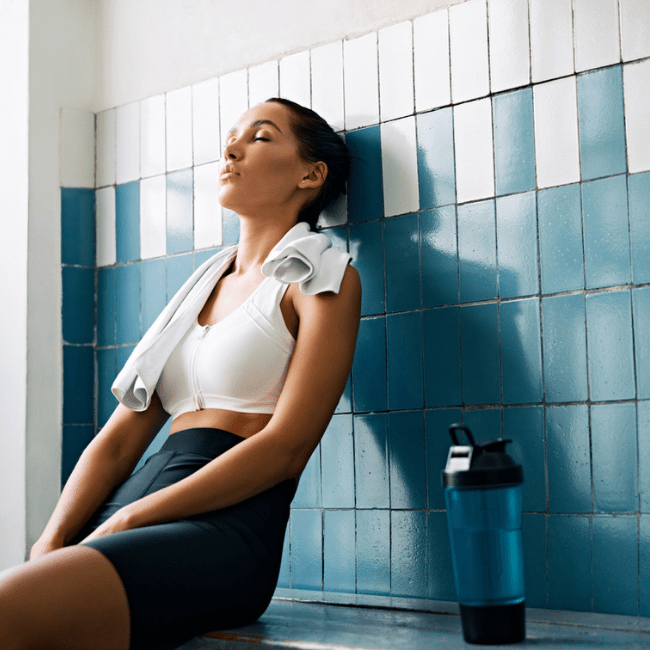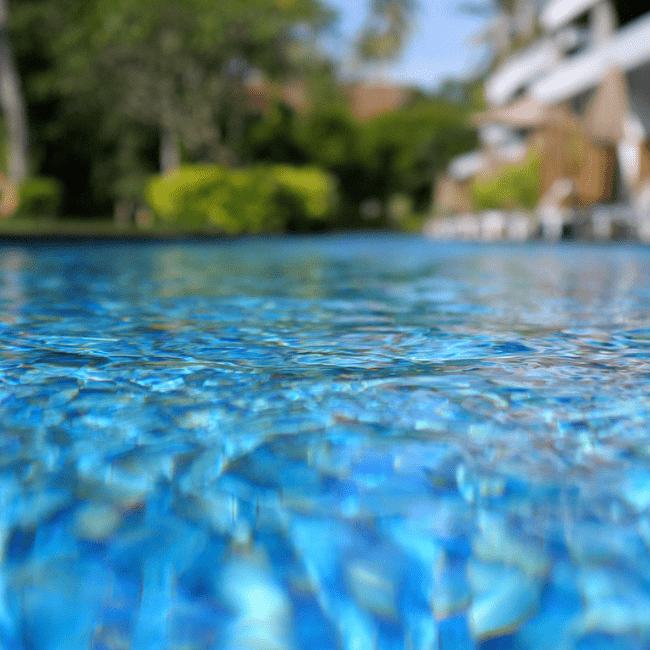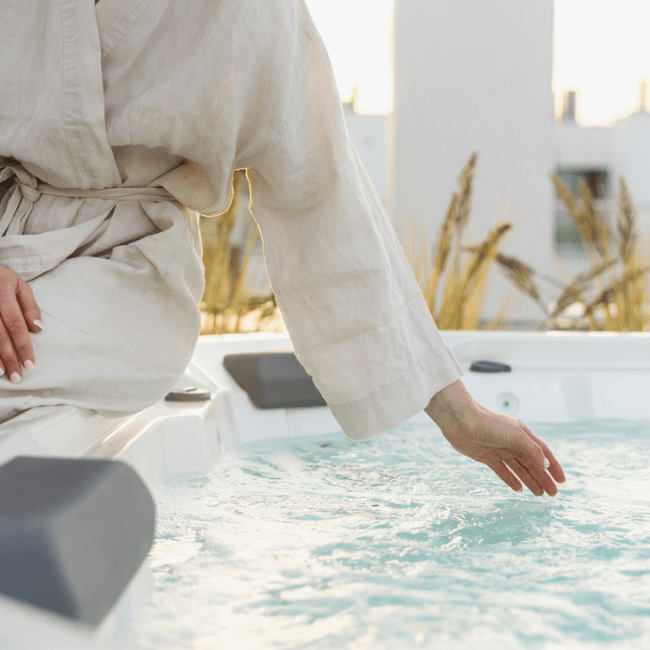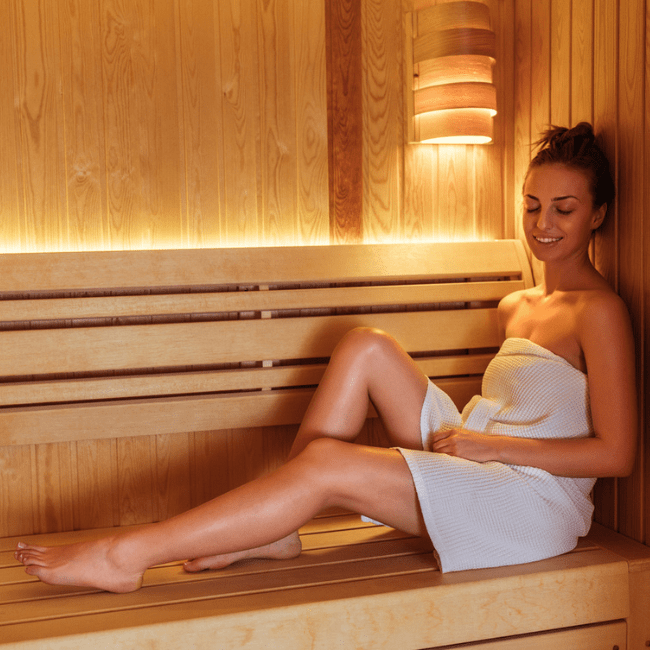Fitness isn’t just about reps, sets or miles. Recovery is the other half of the equation, and the pros know it. These days, more people want to bring professional-grade recovery tools into their homes. Whether you’ve got a garage gym, a backyard setup or a full basement fitness space, it’s easier than ever to create a recovery zone that works as hard as you do.
Let’s talk about how adding hot tubs, saunas and cold plunge pools can upgrade your home gym and support better performance, faster healing and real relaxation.
Thermal Cycling: The Secret Sauce for Muscle Recovery
One of the biggest trends in recovery is thermal cycling. That means alternating between heat and cold, usually with a sauna and a cold plunge pool. This combination kicks your circulation into high gear. The heat opens up blood vessels and loosens tight muscles. The cold helps reduce inflammation and flush out toxins. When you go back and forth between the two, you get a full-body reset that helps your muscles recover faster after lifting or cardio.
Thermal cycling also supports your immune system, boosts your mood and helps regulate sleep. Whether you’re training hard or just want to feel better in your own skin, it’s a powerhouse combo.
Hot Tubs and Swim Spas Ease Soreness and Support Sleep
After a workout, your muscles are tight, tired and full of lactic acid. Hot tubs and swim spas help wash all that away. The warm water increases circulation and helps reduce pain from soreness or overuse. The gentle massage from the jets can target specific muscle groups, especially after weight training or long runs.
Regular soaking in a hot tub can also help your body wind down for the night. You sleep better, and your body heals more while you rest. If you’re short on space but still want the movement benefits of a pool, swim spas are a great option. They let you swim in place for cardio, then recover with soothing warmth afterward.
How to Design a Recovery Zone in Your Home Gym
You don’t need a massive home or fancy remodel to create a recovery zone. In fact, some of the best home gyms are in garages, basements or backyard sheds. The key is planning your space with recovery in mind.
In a garage gym, consider placing a cold plunge tank and a compact sauna in the corner. Wall-mounted storage can keep gear out of the way. Add rubber flooring and a drain system if you’re planning to use water features inside.
For backyard gyms, position your cold plunge and hot tub close to the main training area so you can move between them easily. Make sure the space has privacy and some protection from the weather.
In a basement gym, go for proper ventilation. Infrared saunas work well in smaller spaces and don’t need as much room. You can even install a small cold plunge tub indoors if the plumbing is right.
The goal is to create a space where your workout ends with real recovery. Your dream setup doesn’t need to be complicated. It just needs to work for you.
Build Your Dream Recovery Space Around Your Home Gym
You’ve already invested in your home gym. Now it’s time to add the recovery tools that take your training to the next level. Whether you want to cycle between heat and cold, ease tight muscles in a hot tub or swim your stress away in a spa, Elko Spas, Billiards and Pools can help you make it happen.
Visit our showroom or reach out to our team to explore the best hot tubs, cold plunge pools and saunas for your space. Let’s build the recovery zone your home gym deserves.
FAQs
1. Do cold plunges really help after a workout?
Yes, they do. Cold plunges help reduce inflammation, which is one of the main reasons your muscles feel sore after a tough workout. The cold water tightens up blood vessels and slows down swelling, which helps your body recover faster. It also wakes up your nervous system and boosts circulation once you get out and warm up again. If you’re training hard in your home gym, adding a cold plunge pool can be a game-changer for keeping your body ready for the next session.
2. Should I use a sauna before or after my workout?
It depends on your goal. Using a sauna before a workout helps loosen tight muscles and warms up your body, which can lower your risk of injury. But most people use it after exercise to relax and recover. The heat opens up blood vessels, increases circulation and helps your muscles relax. It also helps flush out toxins through sweat. If you’re adding a sauna to your home gym setup, try both and see what works best for your routine. Just make sure you stay hydrated either way.
3. How can I fit a recovery area into my garage or home gym?
You don’t need a ton of space to make room for recovery tools. A corner of your garage or basement can fit a compact cold plunge tub or a small infrared sauna. You can even choose foldable or portable options that store easily when not in use. Place your recovery zone close to your main workout space so it’s part of your routine, not an afterthought. If you’re building a backyard gym, adding a hot tub or swim spa just steps from your training area keeps everything flowing in one space. Planning for recovery is just as important as planning your next lift.




